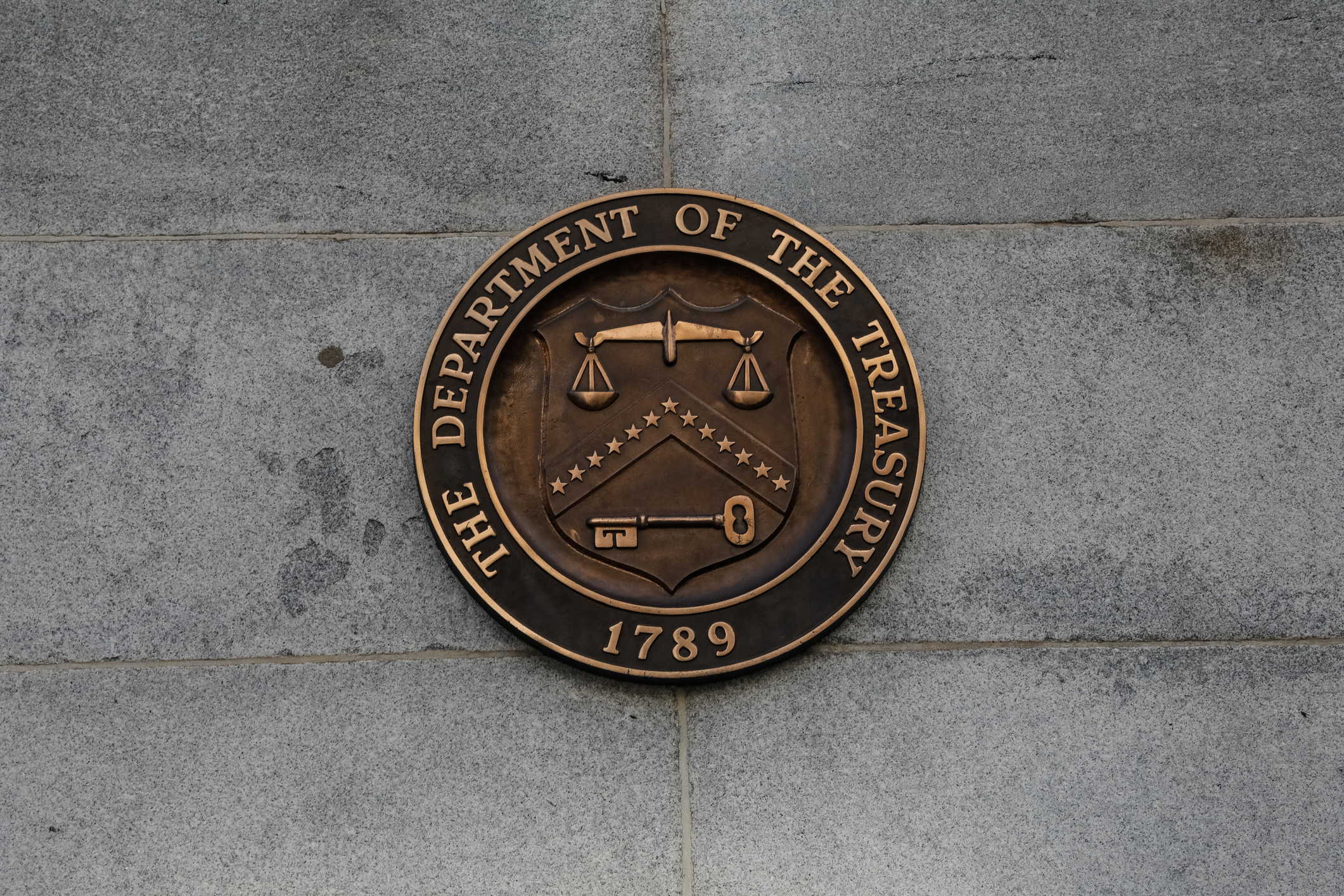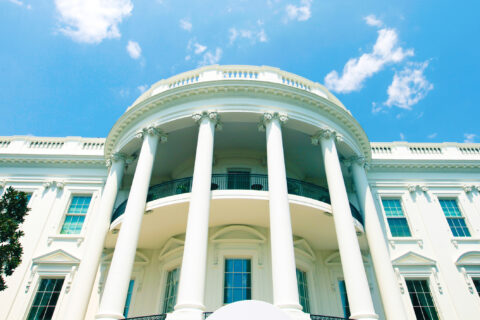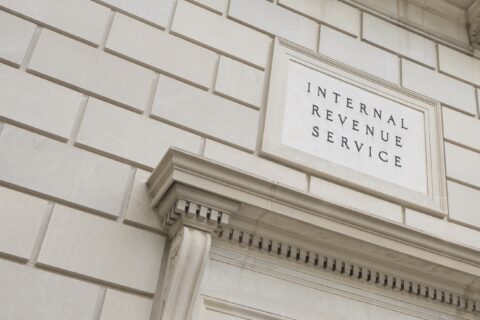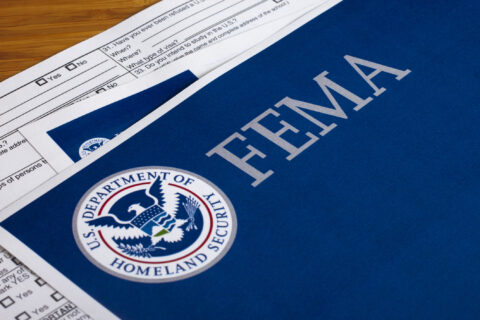The passage of the American Rescue Plan Act (ARPA) in 2021 provided a lifeline for local governments through its State and Local Fiscal Recovery Funds (SLFRF) program, which awarded every municipality a portion of $65.1 billion in funding. June 2024 marked three years since initial disbursement, and the next three months are the home stretch for cities, towns and villages to obligate the funding they received under the SLFRF program. ARPA regulations require local governments to return grant funding that remains unobligated beyond the end-of-year deadline to the U.S. Department of Treasury, rendering this deadline one of the most important for cities, towns and villages. With three months left until the Dec. 31, 2024 obligation deadline, local governments must obligate funding now or risk potential clawbacks of these funds.
To assist municipal government with remaining unobligated fiscal recovery funds, NLC and the U.S. Treasury hosted a webinar to clarify and answer questions related to the obligation deadline. Local leaders and grant administrators can watch the webinar here. Other resources include the Obligation Interim Final Rule (IFR), the U.S. Treasury’s FAQ with updated obligation answers and Obligation IFR Quick Reference Guide.
How do you know if you’ve obligated your funds?
The US Code of Federal Regulations defines “obligation” as “an order placed for property and services and entering into contracts, subawards, and similar transactions that require payment.” The U.S. Treasury has further clarified that “similar transactions that require payment” may include certain interagency agreements and, under certain circumstances, payroll expenses for recipients’ employees. Consequently, municipalities must do more than budget their SLFRF dollars — they must allow extra time to place orders and negotiate contracts. Finalizing obligations, including funds used for revenue replacement, includes reporting the obligation through the normal reporting process. Subrecipients are not subject to the Dec. 31, 2024 obligation deadline. Subrecipients and contractors do not need to take additional steps to obligate funds after entering a subaward or contract with the recipient.
What is not an obligation?
- Adopted budget or budget amendment
- Appropriation of SLFRF funds
- Executive order
- Resolution
- Written or oral intention to enter a contract
- Grant of legal authority to enter a contract
- Claiming funds under the revenue loss category
- Moving SLFRF dollars to a general fund as revenue loss but not further establishing an obligation with those funds by 12/31/24
For more applications of obligations, see the U.S. Treasury’s SLFRF PowerPoint “Answering Obligation FAQs.” This resource includes case examples on spending down obligations, payroll expenses, estimated expenses, interagency agreements and modifying contracts.
In each of these scenarios, municipal governments must take additional steps to satisfy the obligation requirement by the end of 2024 deadline. Similar transactions that require payment include certain interagency agreements (17.6) and payroll expenses (17.7). Consequently, municipalities must do more than budget their SLFRF dollars — they must allow extra time to place orders and negotiate contracts.
Is there any flexibility?
There is limited flexibility primarily to keep existing projects and the administration of the grant itself on track. The Obligation IFR allows SLFRF dollars dedicated for administrative and compliance costs to cover compliance with other existing federal program requirements beyond Dec. 31, 2024.
Flexibility for expenditures that go past the December 2024 obligation deadline include:
- Reporting and compliance requirements
- Single Audit costs
- Record retention and internal control requirements
- Property standards
- Environmental compliance requirements
- Civil rights and nondiscrimination requirements
The U.S. Treasury will view the above eligible uses as obligated, regardless of if they are incurred after Dec. 31, 2024. However, the Obligation IFR does not provide flexibility for payroll costs after the obligation deadline. Instead, the eligible expenditures include costs of personnel whose time is needed for the compliance process regarding these requirements. Specifically, “personnel costs must be calculated in compliance with the rules for compensation charged to federal awards (2 CFR 200.430)”.
Examples of how to obligate remaining funds
Of the eligible categories of spending under the program, revenue-replacement provides the highest degree of flexibility with the fewest restrictions for local governments with remaining unobligated funds. All local governments can claim up to $10 million of their ARPA SLFRF grant allocations for revenue replacement. Although revenue replacement expenditures are well-suited for quick action to meet the obligation deadline, localities that have not yet identified projects to dedicate ARPA funds toward can explore NLC resources, such as the Local Government ARPA Investment Tracker and NLC’s three-year anniversary ARPA blog series, to see how peer communities have made use of their funding:
- Government Operations
- Community Aid
- Infrastructure
- Housing
- Public Health
- Public Safety and Justice
- Economic and Workforce Development
For more examples on how to spend ARPA dollars, see PolicyLink’s case studies or The New School’s ARPA Equity Assessment.
The status of obligations
Each quarter, the U.S. Treasury releases updated ARPA data that provide insight into the status of municipal obligations. Based on the latest U.S. Treasury data, current through March 31, 2024, obligation figures stand as follows:
- Tier 1 recipients have obligated approximately 77.8%
- Tier 2 recipients have obligated approximately 72.4%
- Tier 5 recipients have obligated approximately 85.0%
These numbers represent a welcome increase from the prior quarter, when Tier 1 and Tier 2 obligations stood at approximately 72.3 percent and 67.6 percent, respectively. However, obligations will need to increase at a pace greater than 5 percent per quarter if municipalities are to meet the Dec. 31, 2024 deadline to use all the funds allocated to them.
Key Considerations
- This is your last chance to obligate grant dollars before 2025 when unobligated funds have to be returned to the U.S. Treasury.
- The definition of obligation is not only budgeting money but taking steps to create a contract, subaward or similar transaction that requires payment. Consider the time it will take you to negotiate and execute a contract to meet the obligation deadline.
- Calendar year budgeters should examine their budgets to ensure they are including their SLFRF dollars in their calculations. This could be done by claiming lost revenue and using the money on government services.
- Remind your colleagues in neighboring or other local jurisdictions about the deadline.
- All municipalities should have a designated single point of contact for communication with the U.S. Treasury. If you are unsure due to staffing or elected turnovers, you can email point-of-contact information for your municipality to SLFRF@treasury.gov.
- If you would like to share your municipality’s experience with the ARPA SLFRF program, submit your story to the U.S. Treasury.
Watch the Recording: Preparing Your City for ARPA SLFRF Obligation Deadline
For more information, watch NLC’s webinar with the U.S. Department of Treasury and look out for NLC’s upcoming webinar on best practices for municipalities preparing for the obligation deadline.







